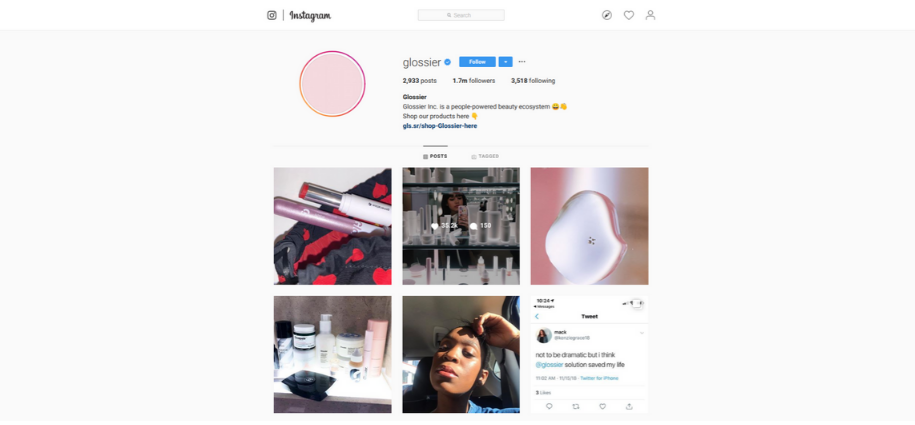Jonathan McNamara, co-founder and CEO of digital consultancy RetroFuzz discusses the trends most likely to impact the industry in 2019.
2018 was an exciting, and challenging year, for digital marketing. Conversations around Artificial Intelligence (AI) and influencer marketing became fused, as the rise of virtual influencers like Lil Miquela and Sophia the Robot marked new opportunities for engagement. Concerns over security and data privacy, heightened by GDPR compliance, remained at the top of everyone’s Twitter feeds. Conversational UX and video marketing are all trends from this year that will spill, and expand, into the next. As the year comes to an end, we spent some time thinking about what the digital sector can expect from the next one.
Here are our predictions for what the industry should be anticipating – and implementing – in 2019.
The agency model is dead
Or at least, it’s evolving. The gig economy, the 24-hour work day, and new perspectives on work-life balance means that more people than ever are working remotely – either as part of a flexi-time scheme or as freelancers. There has become less demand for a generalist mindset; many brands now employ in-house creative team members, making the full-service style of agency feel not only outdated, but redundant.
In 2019, we predict that the most progressive agencies will begin to reinvent themselves as a flexible, agile team of specialists that are built around their client’s exact needs. The agency model will give way to the rise of digital consultancies, who tailor their skillset to fit around a particular project or client – not the other way around.
As an embedded extension of their in-house team, this new form of agency – the digital consultancy – is more than just a workforce. They are advocates for their clients, as well as their creative partners. This model will value transparency and collaboration; empowering clients with expertise and working closely with them through every stage of the process: from strategy, to delivery and finally, implementation.
How DNVBs are doing it better
Digitally Native Vertical Brands (DNVBs) are created on the internet, for the internet. Beauty brand Glossier built its cult-like following almost entirely through Instagram (it now has 1.6 million followers). Historically, there have been two channels: wholesalers and direct to consumer. DNVBs don’t engage in wholesale; everything they produce is from a direct-to-consumer perspective. They’re changing customer service as much as they’re transforming UX – and that’s important.












